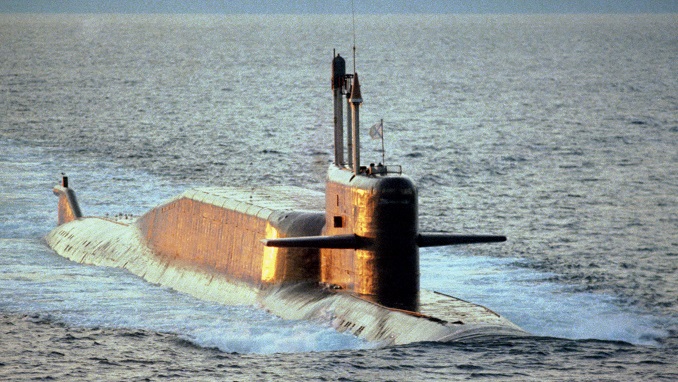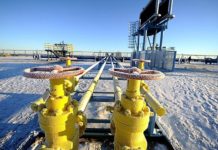
A Norway-based science team has found a Soviet-era nuclear submarine in the Arctic that had sunk some three decades ago, with radiation levels 100,000 times higher than the normal levels, The Moscow Times reported.
The nuclear submarines sank in one of the world’s largest fishing areas of the Barents Sea in 1989 with its 69 people in the crew, out of whom 42 died.
The latest readings carried out in 2008 but have shown no sign of radiation leak and experts claim that the reactor has not created concerns for an environmental crisis.
The sample was reportedly collected near a ventilation hole that occasionally kicks up a mysterious cloud of dust. Scientists told TV2 that they believe this ventilation hole has direct contact with the reactor inside the wreck and that the pollution comes out in pulses as a result.
“The results are preliminary. We will examine the samples thoroughly when we get home,” Hilde Elise Heldal of the Norwegian Institute of Marine Research said.
Heldal says the radiation levels do not threaten fishing and probe-taking in the area.
The samples were taken as part of a joint Norwegian-Russian expedition that set sail from northern Norway on Saturday. Photos of the sunken submarine showed the rusty wreckage lying at a depth of 1,700 meters.
In the early 1990s and in 2007, Russian scientists measured small radioactive leaks at the Komsomolets submarines from a pipe near the reactor compartment.
The experimental submarine featured two titanium hulls — one inside the other — to give the submarine the ability to dive deeper than any U.S. submarines.











